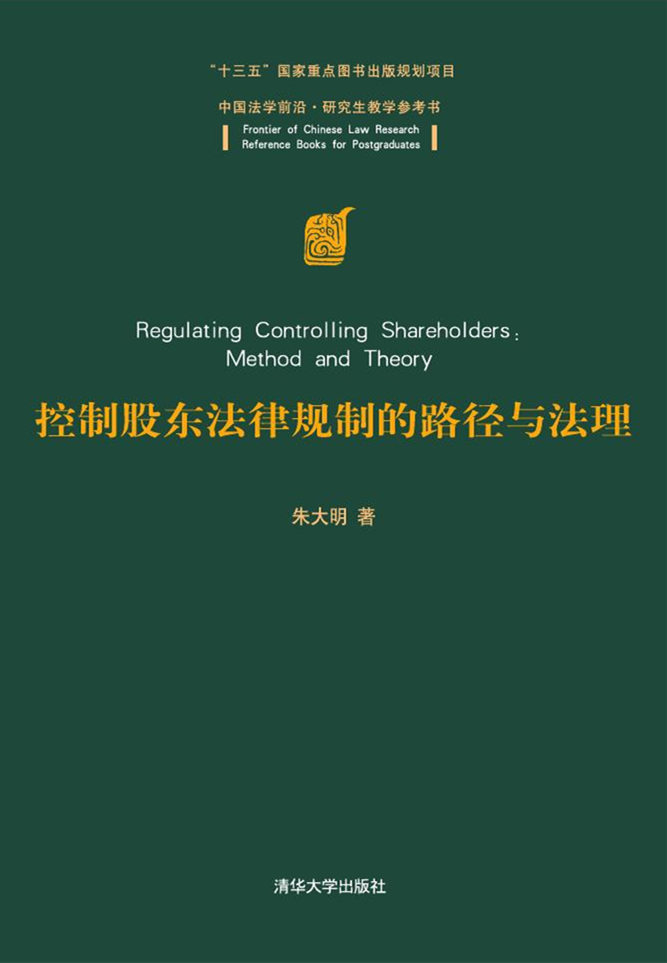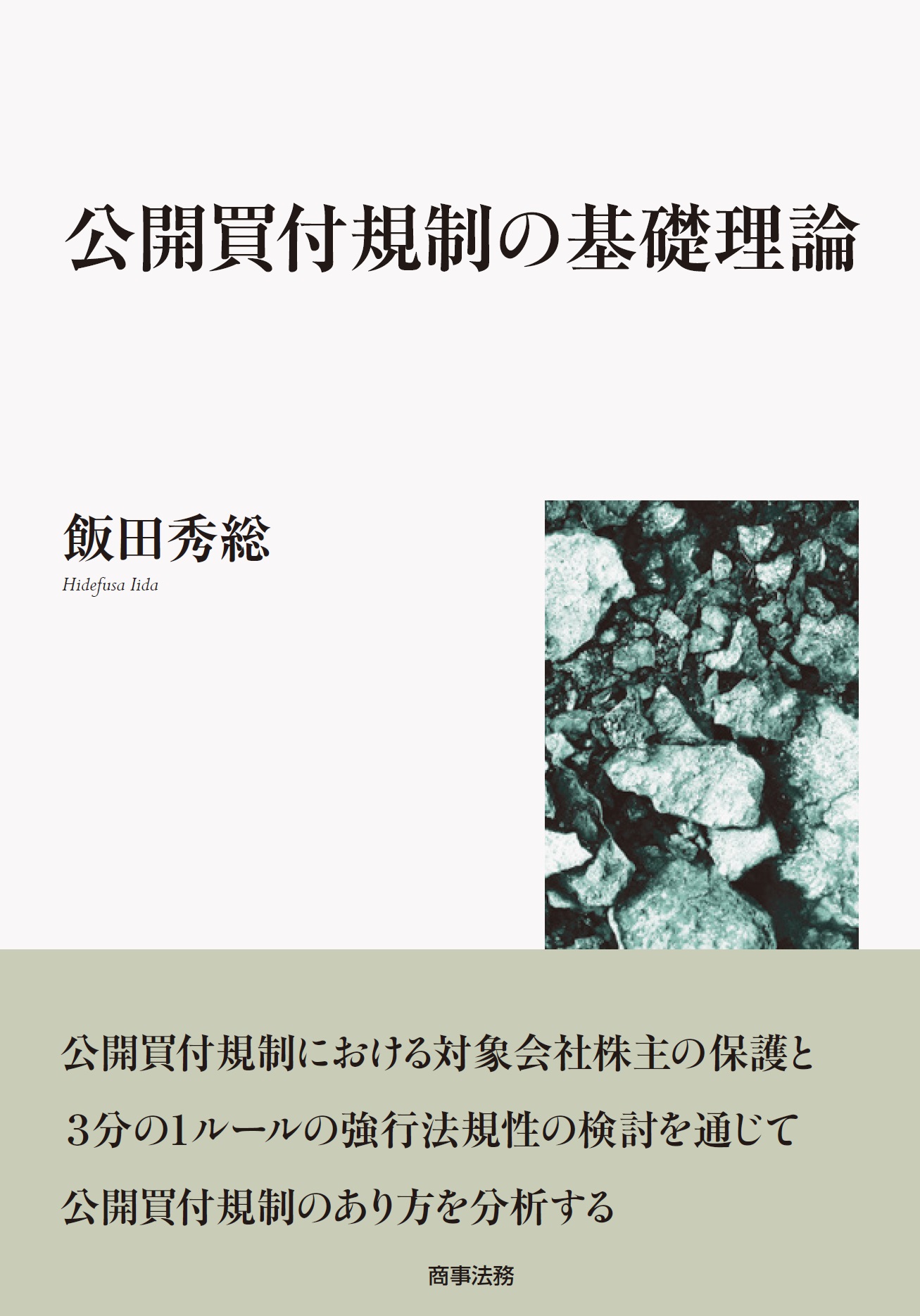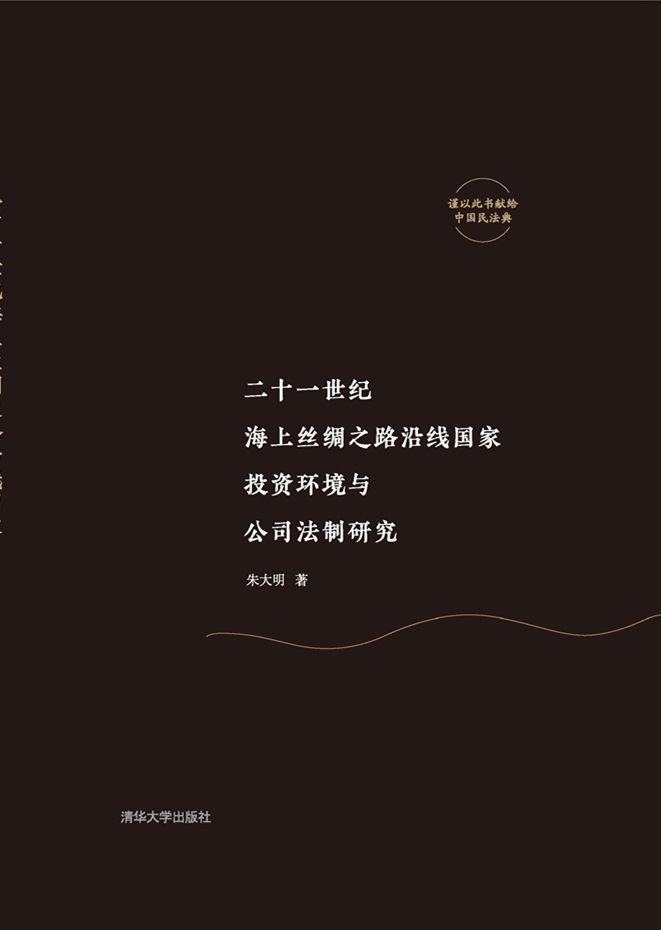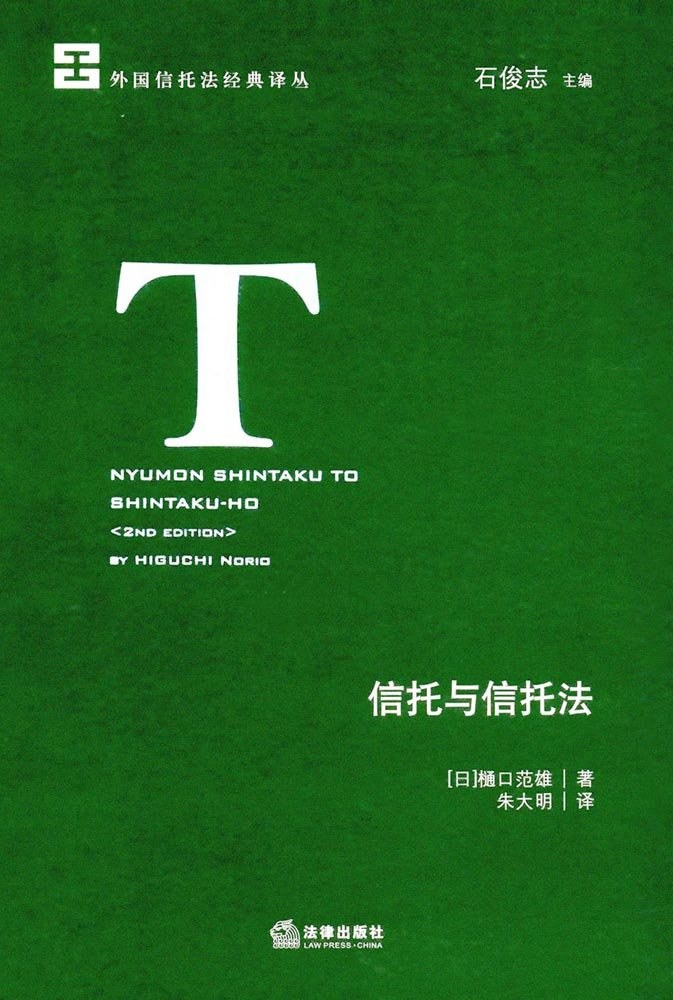
Title
控制股东法律规制的路径与法理 (Regulating Controlling Shareholders: Method and Theory)
Language
Chinese
Released
January 01, 2018
ISBN
9787302482956
Published by
Tsinghua University Press
Book Info
Japanese Page
In recent years, while the Chinese economy has been developing rapidly, there have also been a large number of cases in the Chinese capital market in which controlling shareholders have harmed the interests of the company and its shareholders. These problems are not only numerous but also huge in amount, therefore, if solved, it is not only a problem of corporate law, but also a major problem that affects the confidence of domestic and foreign investors in the Chinese capital market.
In order to solve these problems, in the 2005 revision of the Chinese Company Law, as an important subject, the Chinese Company Law established a set of more complete legal regulation of controlling shareholders. After 2005, although the Chinese Company Law has undergone several amendments, the legal regulation of controlling shareholders has not undergone any changes and has continued to the present day.
According to the current company law, the regulation of controlling shareholders in China can be divided into two major parts. The first part is direct regulation. The second part is indirect regulation. Regarding the direct regulation, it is mainly structured around Articles 20 and 21 of the Company Law. In the control shareholder regulation of the Chinese Company Law, the concept of effective controller is established in addition to the control shareholder, so the scope of application of control shareholder is very wide. In terms of specific content, the controlling shareholder regulation not only explicitly prohibits the abuse of shareholder rights, but also the abuse of influence. As for the part of indirect regulation, the directors, supervisors and senior management are mainly targeted, and the duty of loyalty and the duty of diligence are stipulated in detail.
The current company law also inherits is an important issue in the company law. Different countries have adopted different approaches to the regulation of controlling shareholders. In China, Article 20 and Article 21 were added in the 2005 revision of the Company Law, which comprehensively regulate the exercise of rights and influence of controlling shareholders.
This book focuses on the direct regulation under Article 20 and Article 21 of the Company Law, and also on the indirect regulation, providing a comprehensive analysis and in-depth discussion of the regulation of controlling shareholders in Chinese company law. In the section of comparative law, the book mainly examines the relevant regulations of U.S. law and Japanese law, which is important for understanding the content of Chinese law.
The table of contents of this book is as follows Chapter 1 is the introduction, in which the problem awareness is mainly explained in detail. The second chapter is the historical evolution of the regulation of controlling shareholders in China, which is mainly from the perspective of the historical evolution of Chinese company law. Chapter 3 is the regulation of controlling shareholders, which mainly provides a comprehensive description of the regulation of controlling shareholders in the current Chinese company law. It includes two parts: direct regulation and indirect regulation. Chapter 4 is the means to pursue the liability of controlling shareholders, which mainly explains the specific means to pursue the liability of controlling shareholders, including direct litigation and indirect litigation system. Chapter 5 is the means to prevent abuses of voting rights by controlling shareholders, mainly detailing the litigation system for defective resolutions of shareholders' meetings. Chapter 6 is the conclusion, which summarizes the content of the whole book.
This book is published and distributed by Tsinghua University Press, and has been selected as a key book in China's 13th Five-Year Plan.
(Written by Daming Zhu, Specially Appointed Professor, Graduate Schools for Law and Politics / 2022)
Table of Contents
Chapter 2 The History of the Regulation of Controlling Shareholders in China
Chapter 3 The Regulation of Controlling Shareholders
Chapter 4 Means of Holding Controlling Shareholders Accountable
Chapter 5 Means to Prevent Abuse of Voting Rights by Controlling Shareholders
Chapter 6 Conclusion
Related Info
This book has been selected as one of China's National 13th Five-Year Plan books.



 Find a book
Find a book




